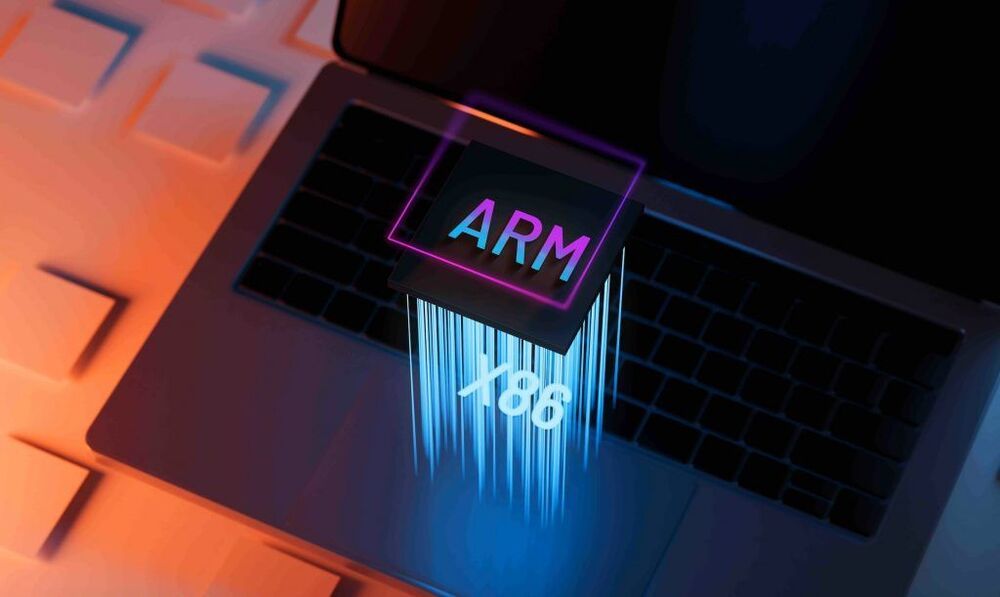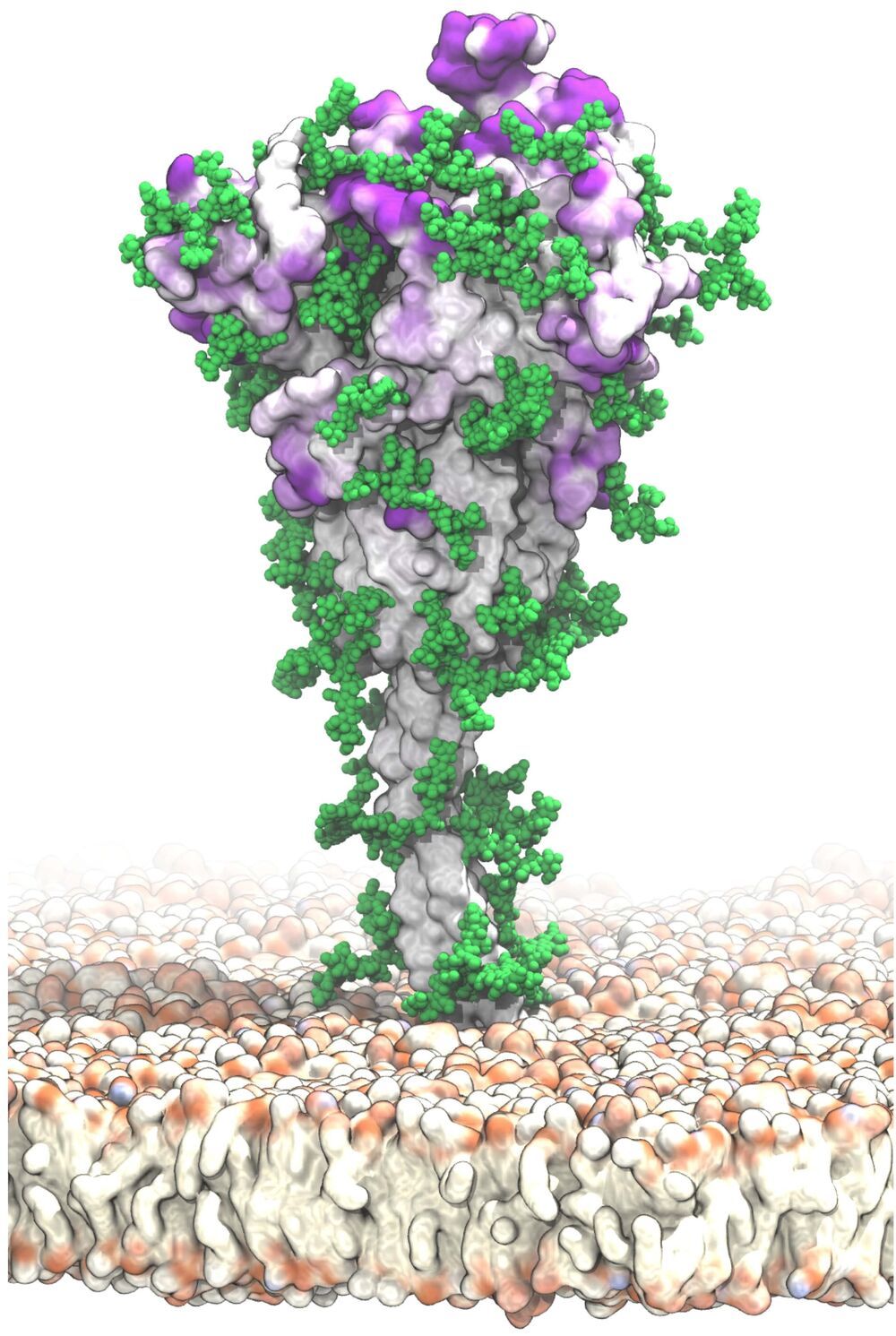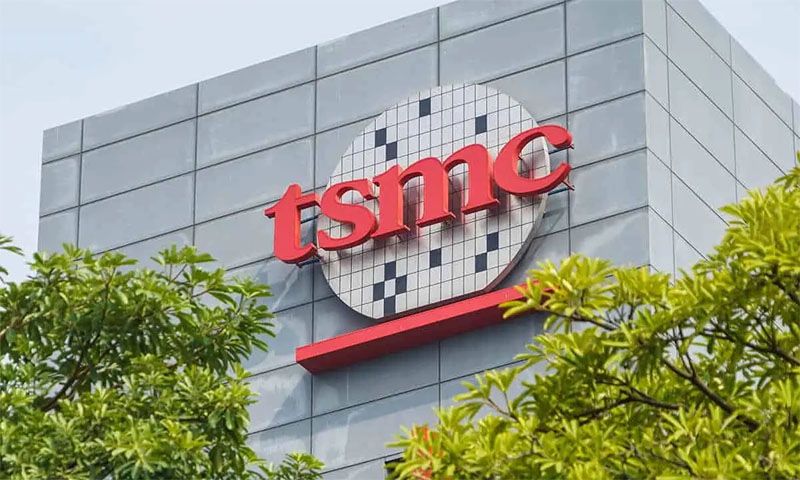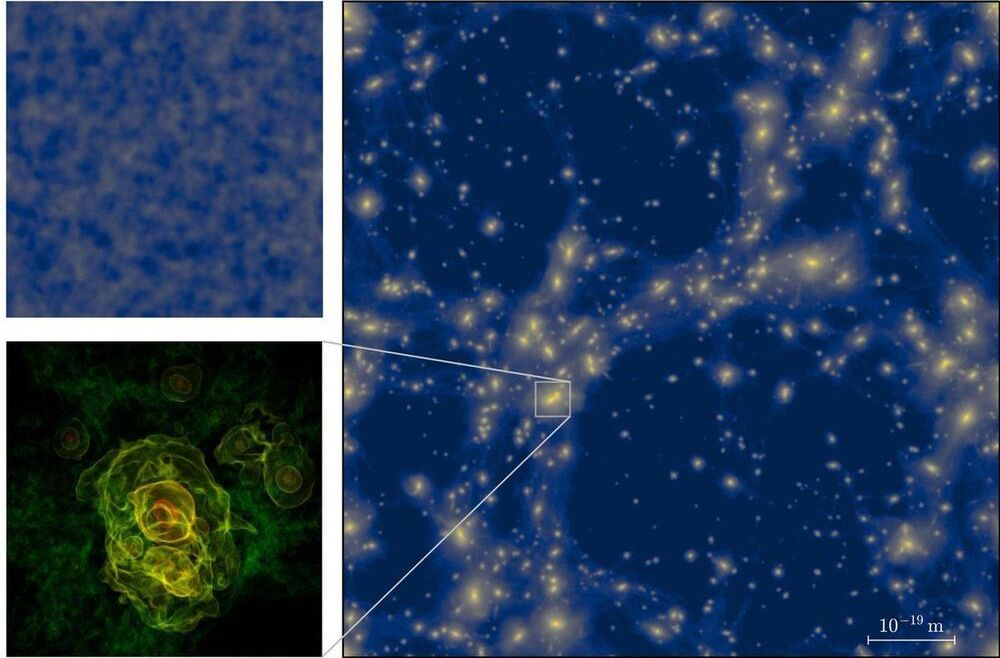Using measurements of resistance versus applied gate voltage at temperatures of 390 mK, the researchers showed that superconductivity in the improved NbN layer could survive applied magnetic fields as high as 17.8 Tesla. Meanwhile, the improved GaN semiconductor was of high enough quality to exhibit the quantum Hall effect at lower applied magnetic fields of 15 T. “Both these improvements mean the quantum Hall effect and superconductivity can occur at the same time in the heterostructure over a certain ‘window’ of temperatures and magnetic fields (that is, below 1 K and between magnetic fields of 15 to 17.8 T),” study lead author Phillip Dang tells Physics World.
According to the team, the new GaN/NbN heterostructure could be used in quantum computing and low-temperature electronics. Reporting their work in Science Advances, the researchers say they now plan to further investigate the interaction between superconductivity and the quantum Hall effect in this material.








